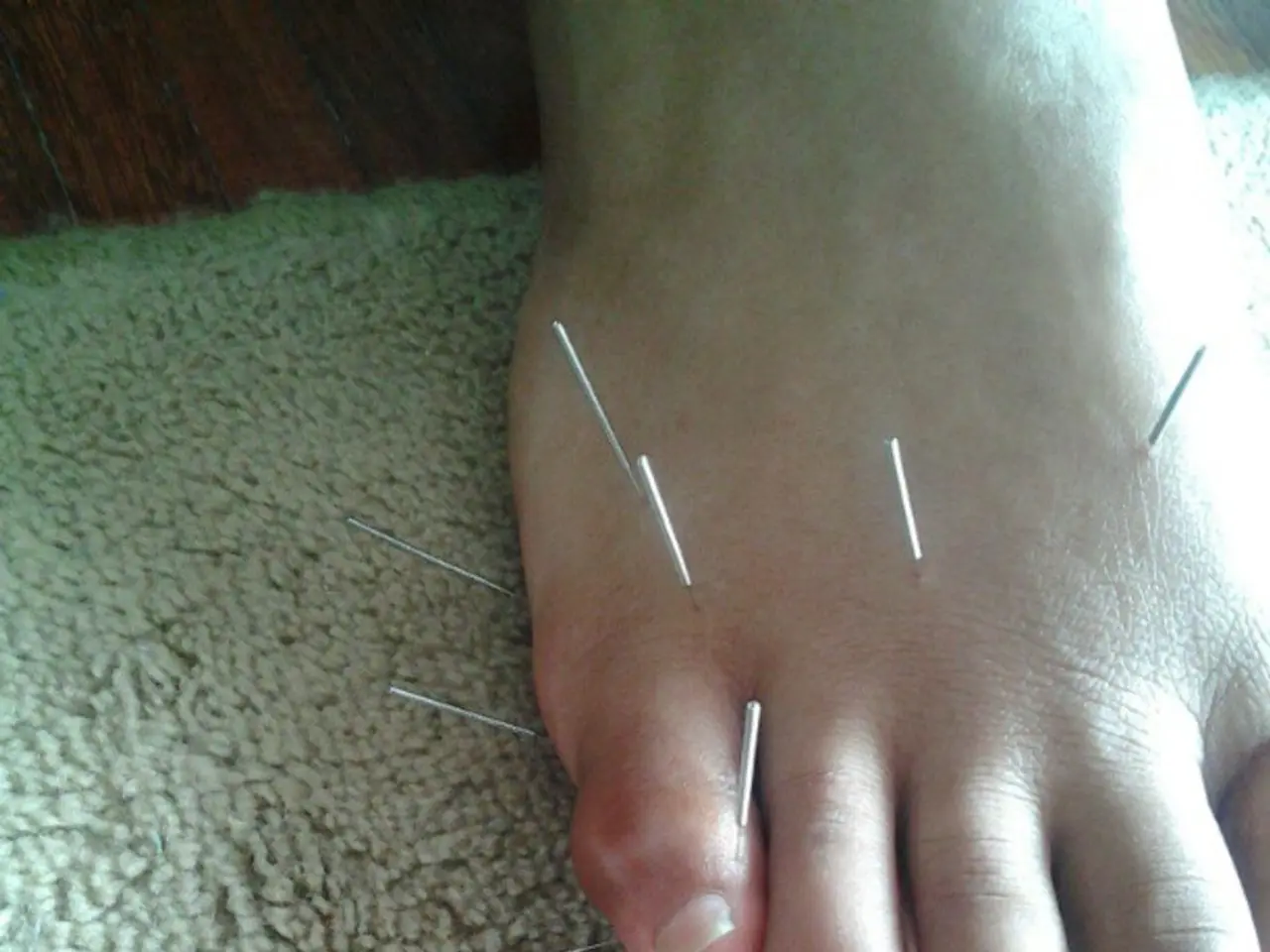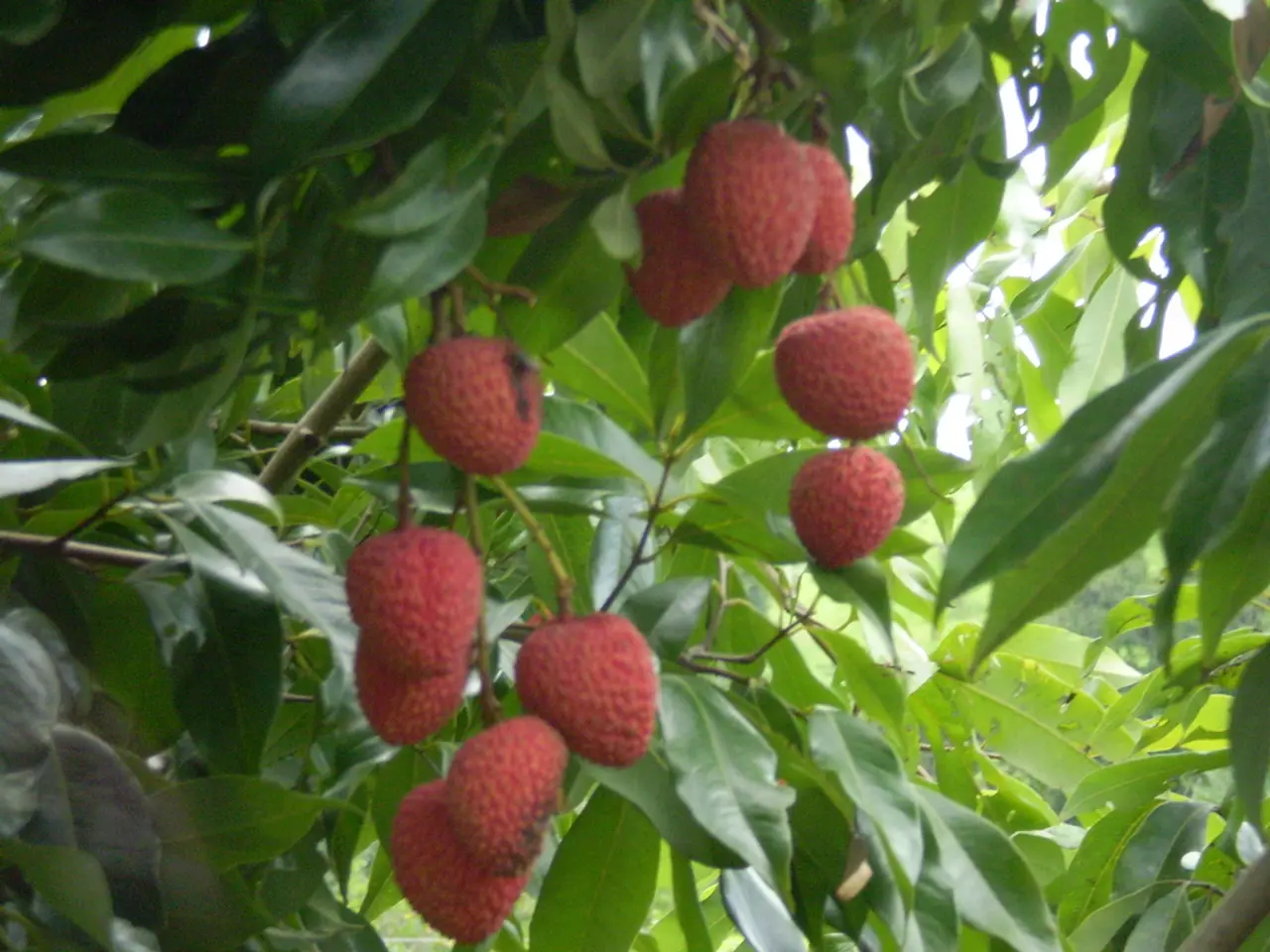Breast Veins: Origins, Remedies, and When to Seek Medical Attention
In our bodies, veins are a normal and essential part of the circulatory system, helping to transport blood. However, when veins become visible on the breast, it can be a cause for concern. This article aims to shed light on common causes, such as spider veins, cherry angiomas, and Mondor's disease, and provide guidance on when to seek medical advice.
Spider veins, also known as thread veins or broken veins, are tiny dilated blood vessels near the skin's surface. They often appear as fine purple or red lines and are more noticeable with age, as vein valves weaken, causing blood to pool and veins to enlarge. Hormonal changes, particularly during pregnancy and menopause, can also lead to the development of spider veins due to increased pressure and vein wall relaxation. Other factors such as genetics, prolonged standing or sitting, being overweight, and certain vascular conditions can increase the likelihood of visible veins appearing, including on the breasts.
Another potential cause of red or visible marks on the breast could be cherry angiomas, benign growths resulting from dilated capillaries close to the skin surface. These often appear with age and can be linked to genetics and hormonal changes as well. While cherry angiomas are generally harmless, they can occasionally resemble more serious skin conditions that need evaluation by a healthcare provider.
Mondor's disease, a rare condition, can cause chest pain and noticeable changes in veins, such as swelling. The exact cause of Mondor's disease is unknown, but it is suspected to be due to trauma from tight clothing or surgery. In rare cases, Mondor's disease may indicate breast cancer, but this is not common. Anti-inflammatory drugs or a warm compress may help reduce the symptoms of Mondor's disease, and the condition typically resolves on its own. Treatment for Mondor's disease is usually not necessary, but cosmetic procedures such as laser treatments, sclerotherapy, and radiofrequency ablation may be used to reduce the appearance of veins.
When it comes to visible veins on the breast, it is essential to know when to seek medical advice. If visible veins suddenly appear and increase rapidly or are accompanied by other symptoms such as pain, swelling, or skin changes, it is advisable to see a doctor. If the veins or red marks look different from common spider veins or cherry angiomas—for example, if they are painful, ulcerated, or bleed—it is also important to consult a healthcare provider. If a visible lesion resembles melanoma or other suspicious growths that could indicate skin cancer, immediate medical attention is necessary. Additionally, if you have a personal or family history of vascular disease or blood clots, or if you have other symptoms suggestive of vein insufficiency or vascular issues, it is advisable to see a doctor.
While it is not always possible to prevent visible veins, taking certain precautions can help reduce their likelihood. For example, ensuring a good latch when breastfeeding, wearing sunscreen, protecting the breasts during contact sports, staying physically active, and seeking help for breastfeeding pain can all contribute to maintaining healthy veins.
In conclusion, while visible veins on the breast are often harmless and related to aging or hormonal factors, persistent, painful, or changing veins or skin lesions should be evaluated by a medical professional to rule out underlying conditions or malignancies. By understanding the common causes of visible veins on the breast and knowing when to seek medical advice, individuals can take proactive steps towards maintaining their health and wellbeing.
- Spider veins and cherry angiomas, commonly appearing as red or purple lines near the skin's surface, are often harmless and linked to age, hormonal changes, and genetic factors.
- science plays a crucial role in the advancements of breast cosmetic surgeries, offering treatments like laser treatments, sclerotherapy, and radiofrequency ablation to reduce the appearance of veins for those concerned about their appearance.
- It's essential for women to be aware of women's health concerns, such as the rare condition Mondor's disease, which can cause breast pain and noticeable changes in veins, and seek medical advice when symptoms like rapid changes, pain, swelling, or skin changes occur, to rule out underlying conditions or malignancies.




